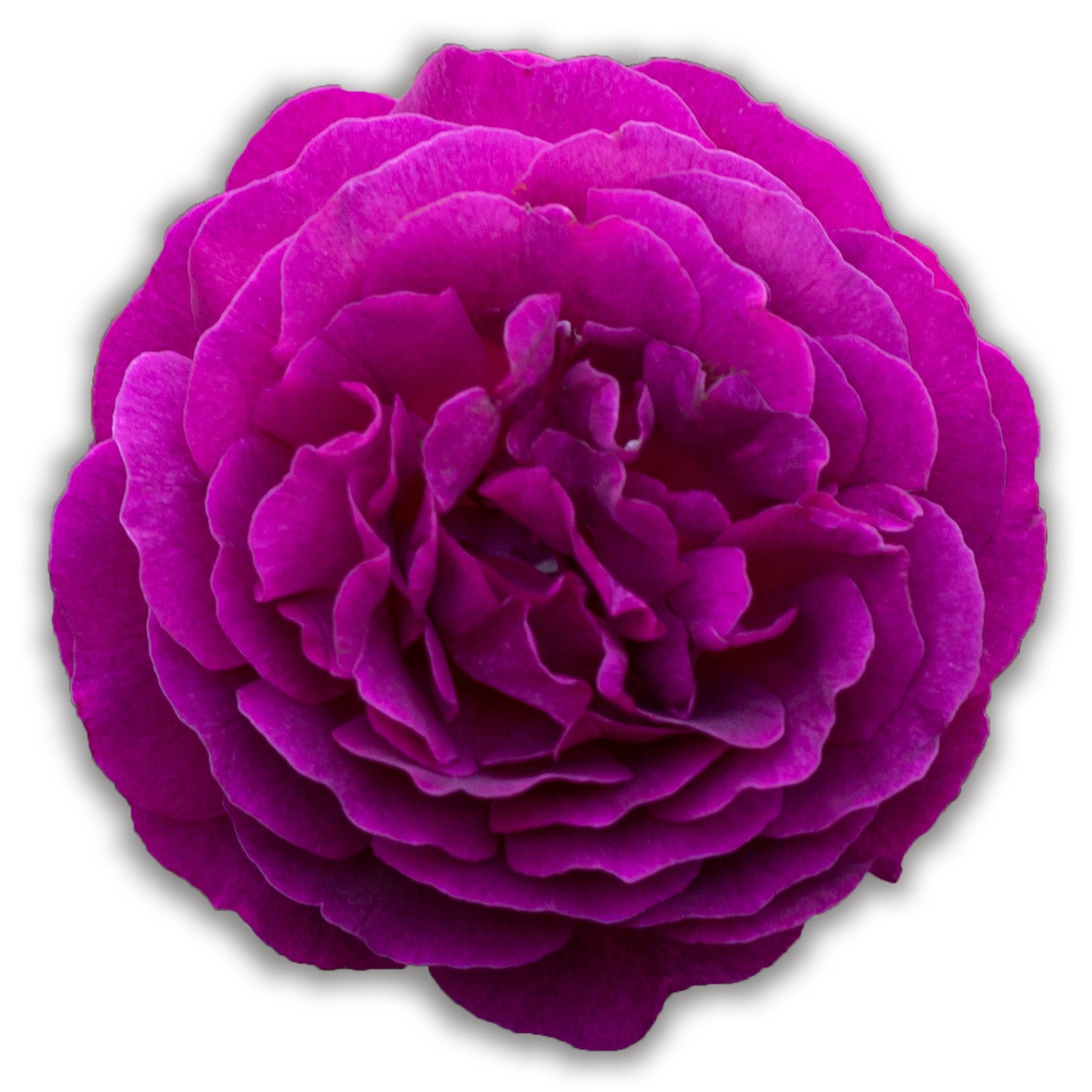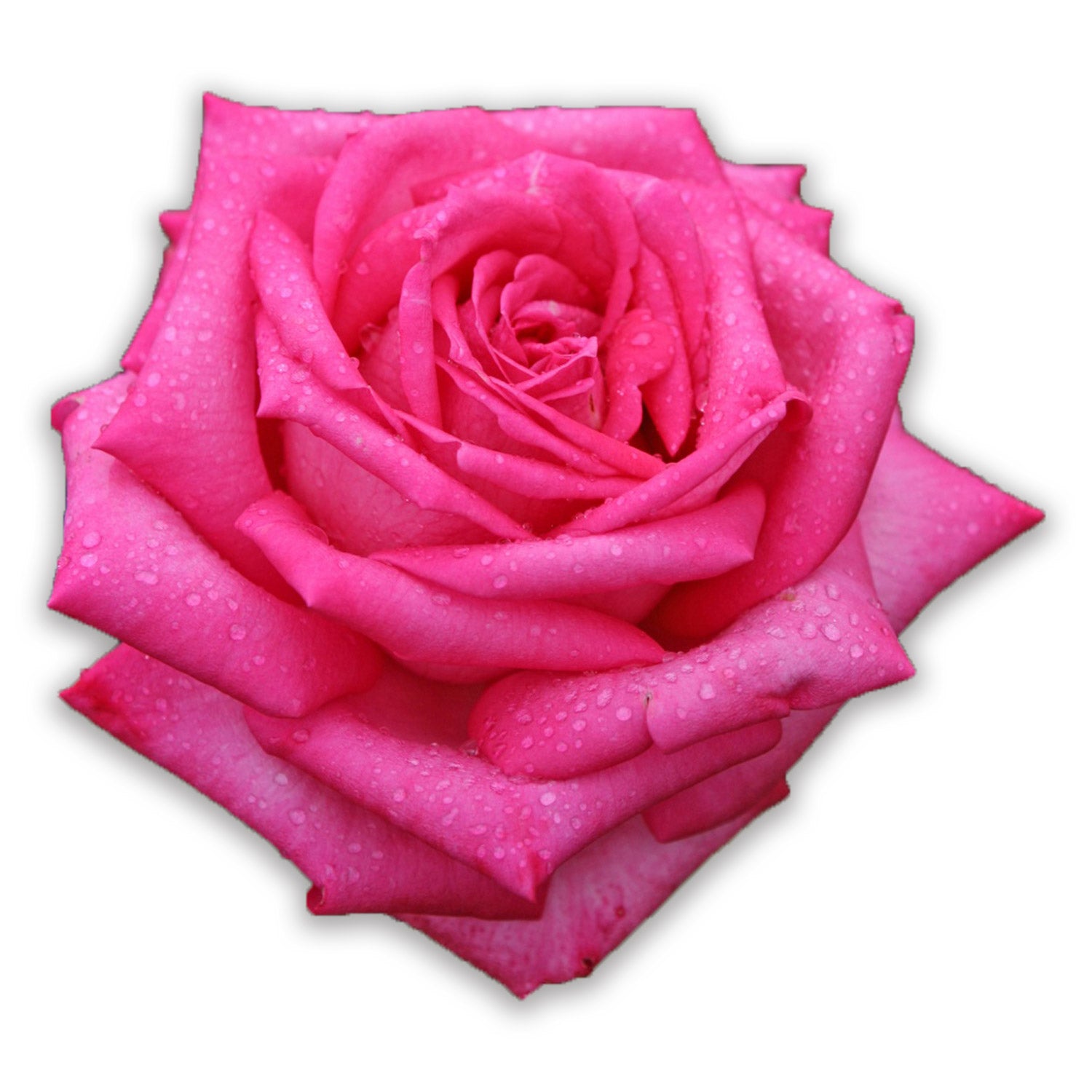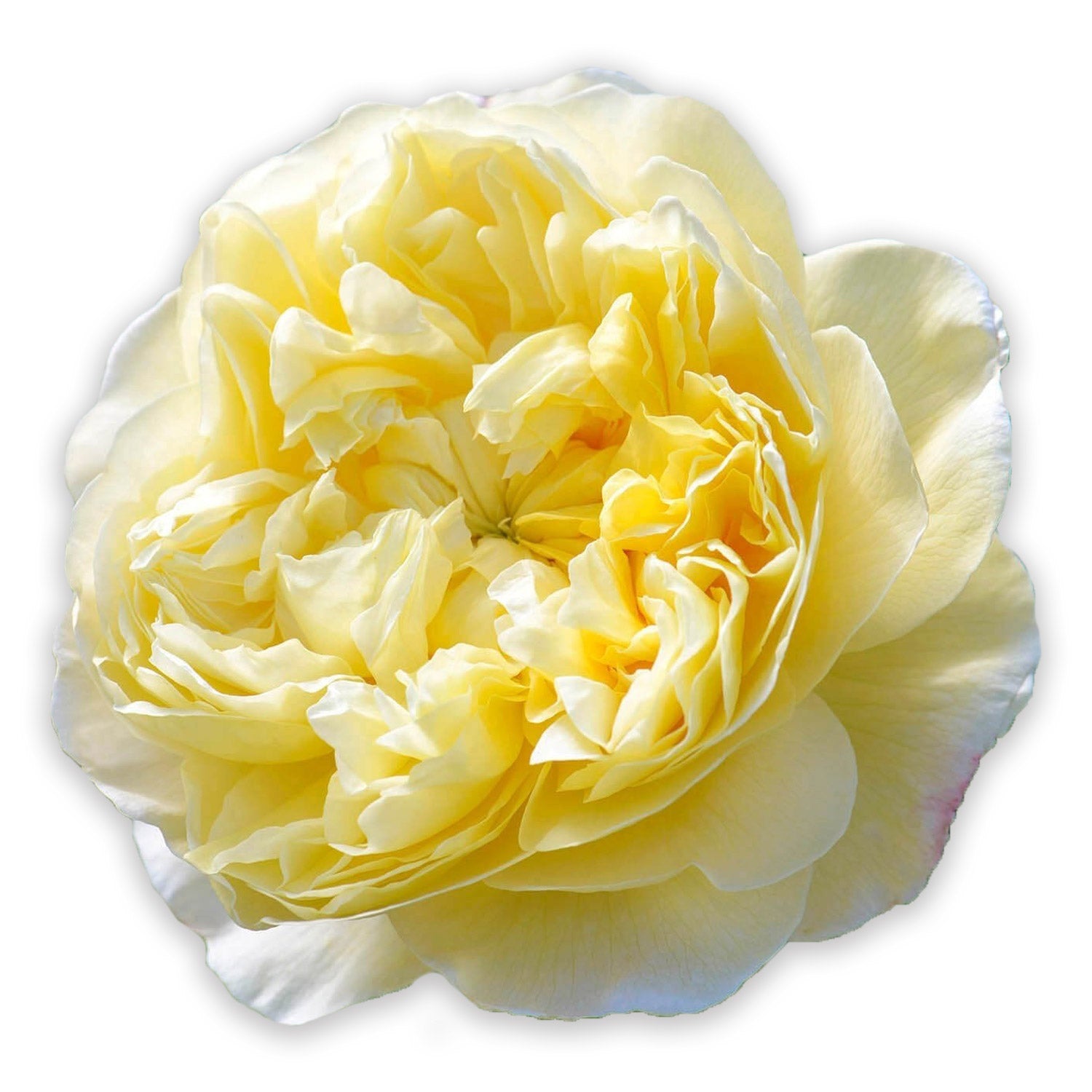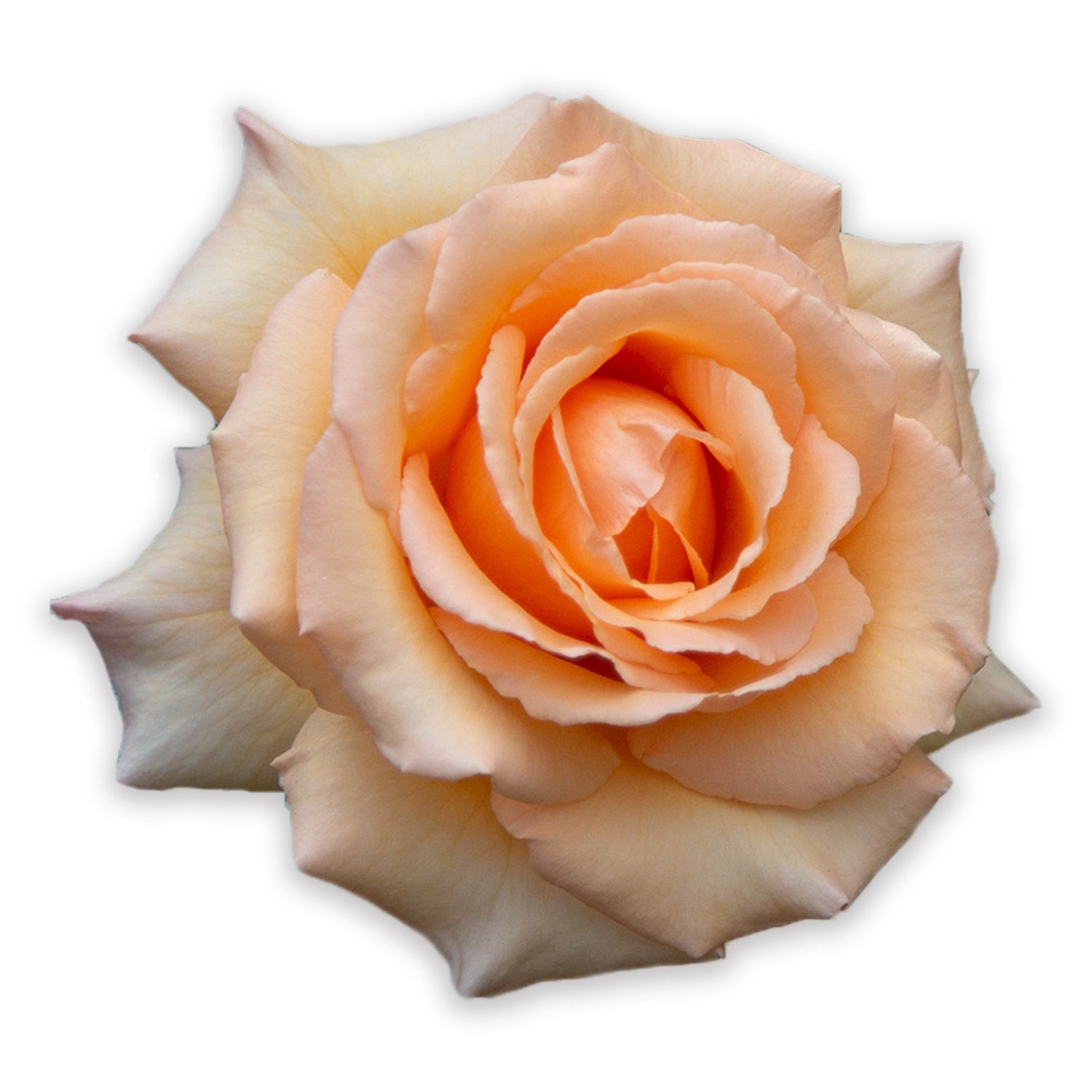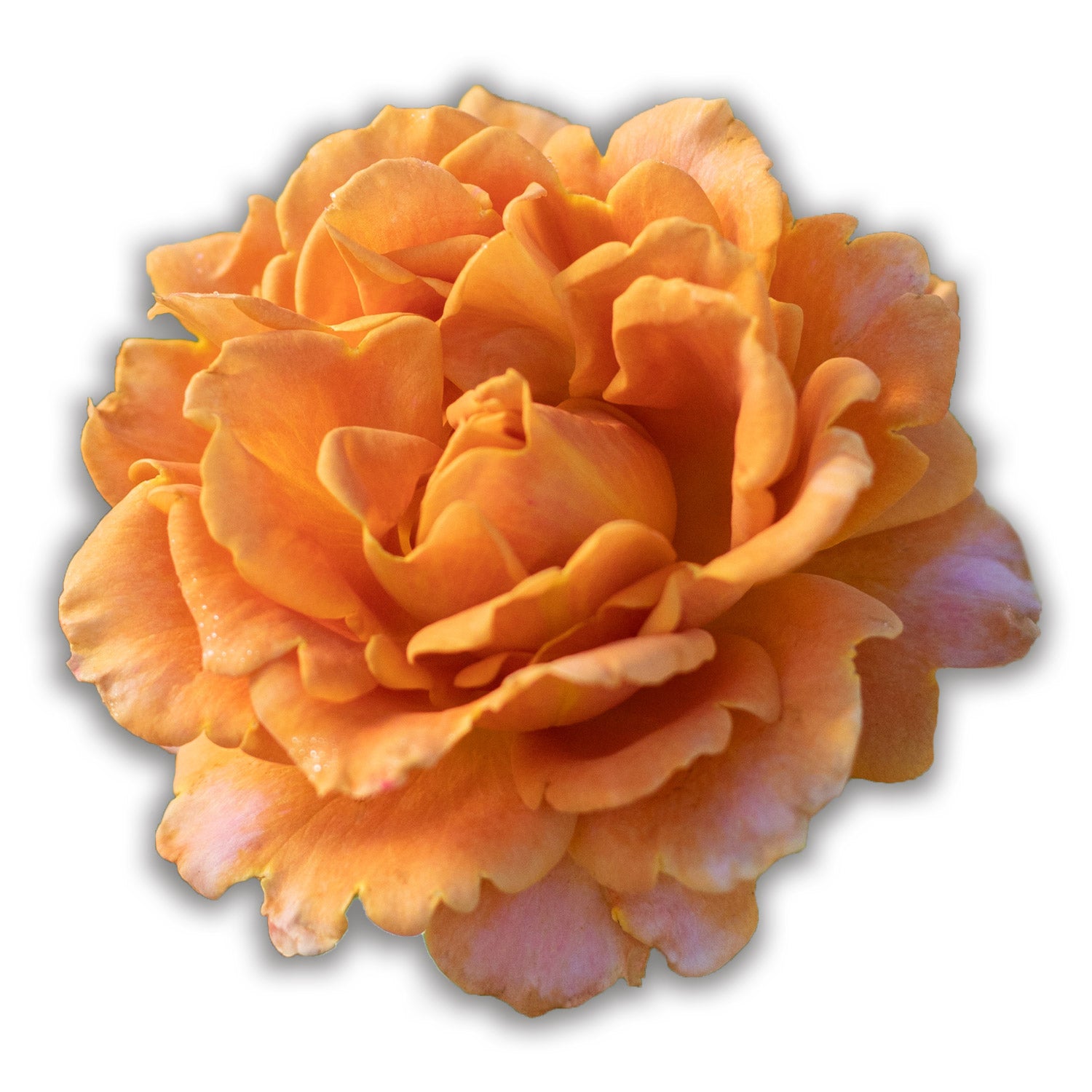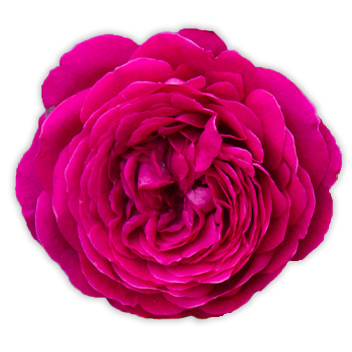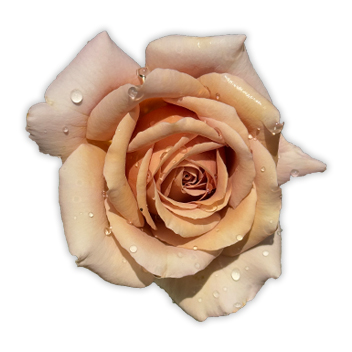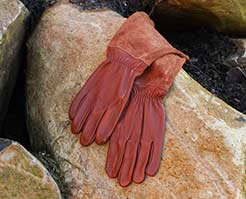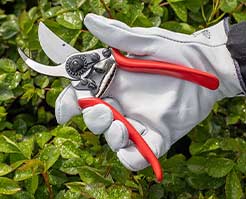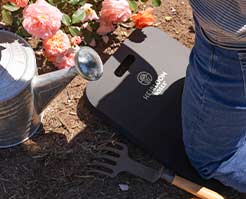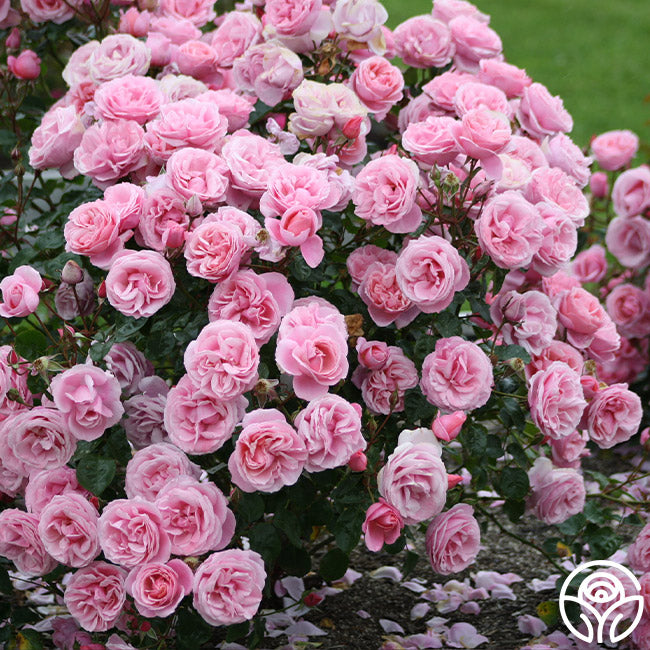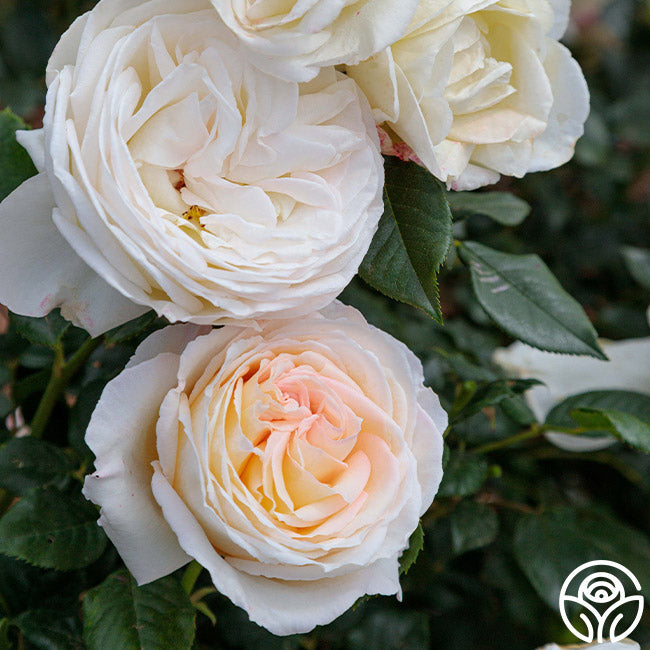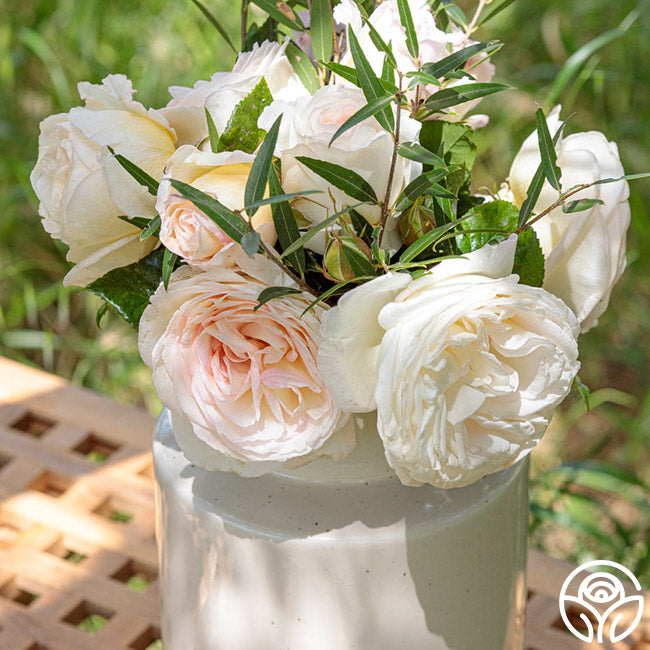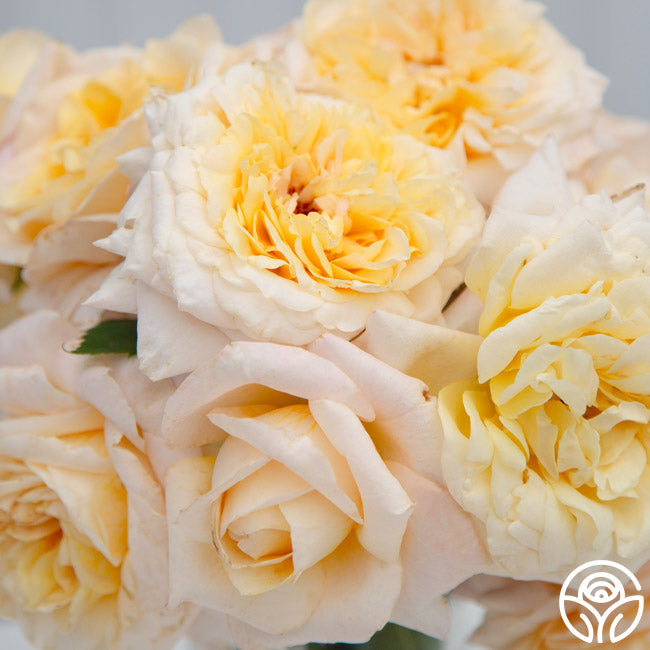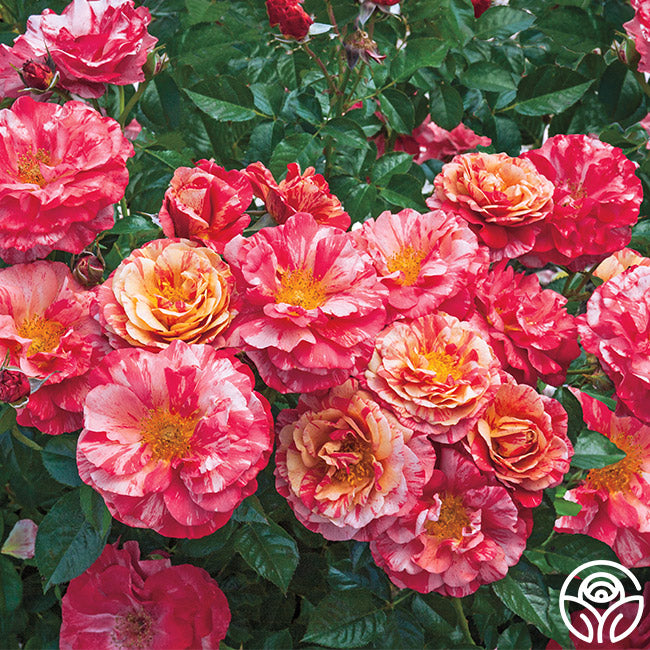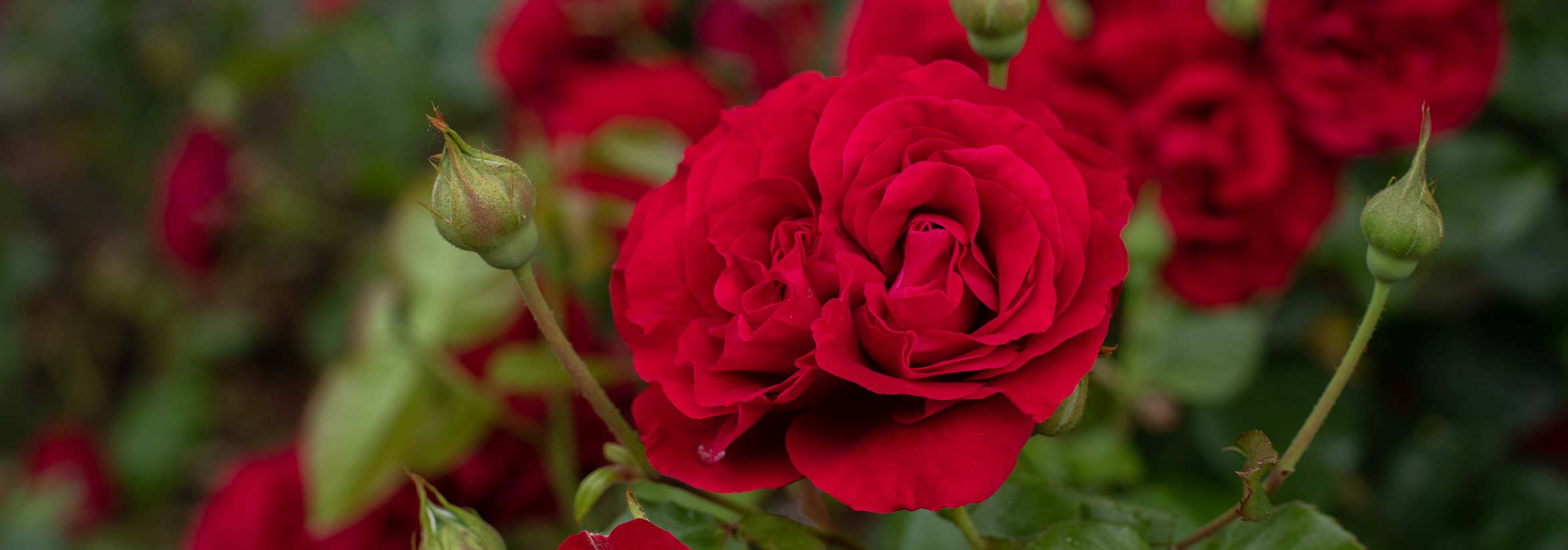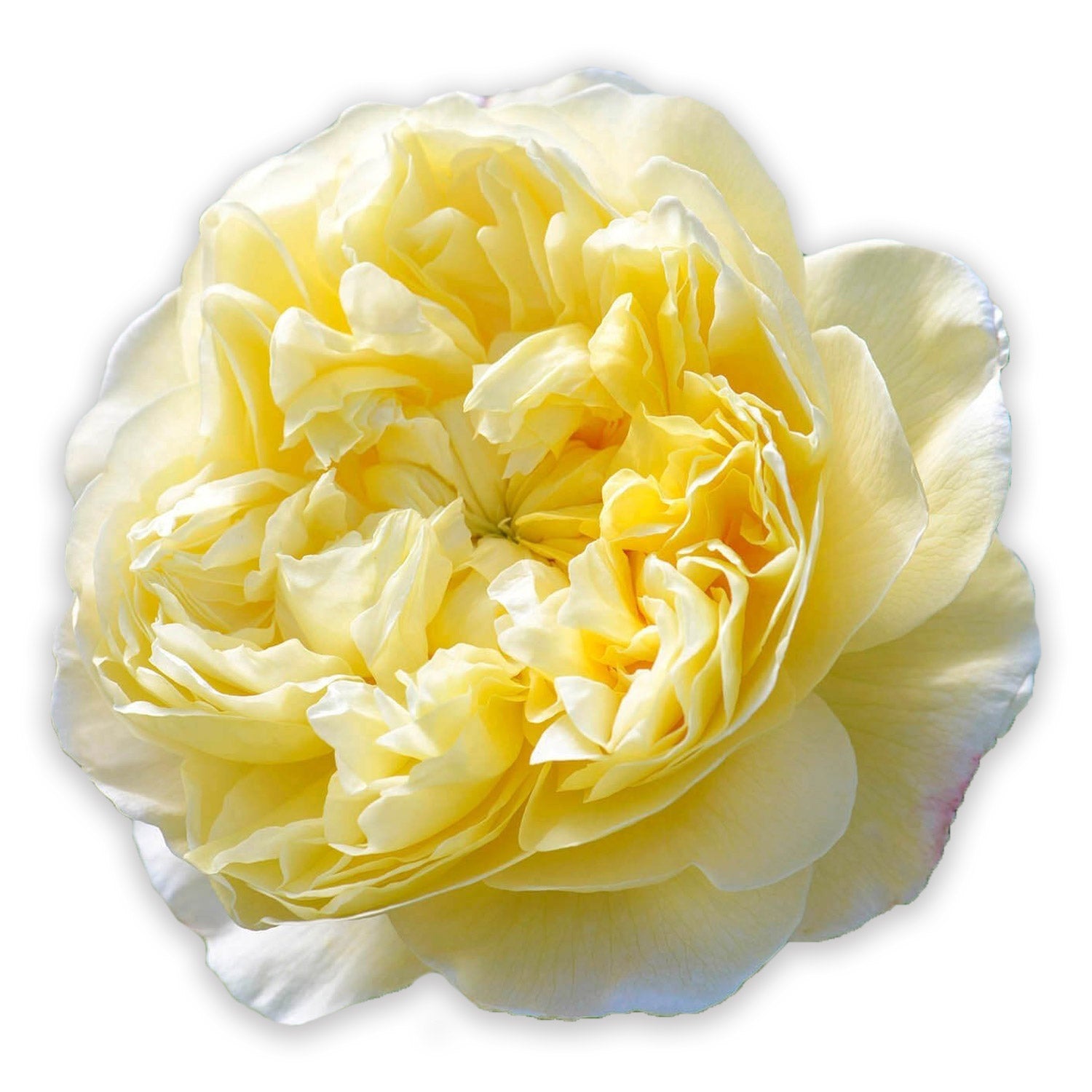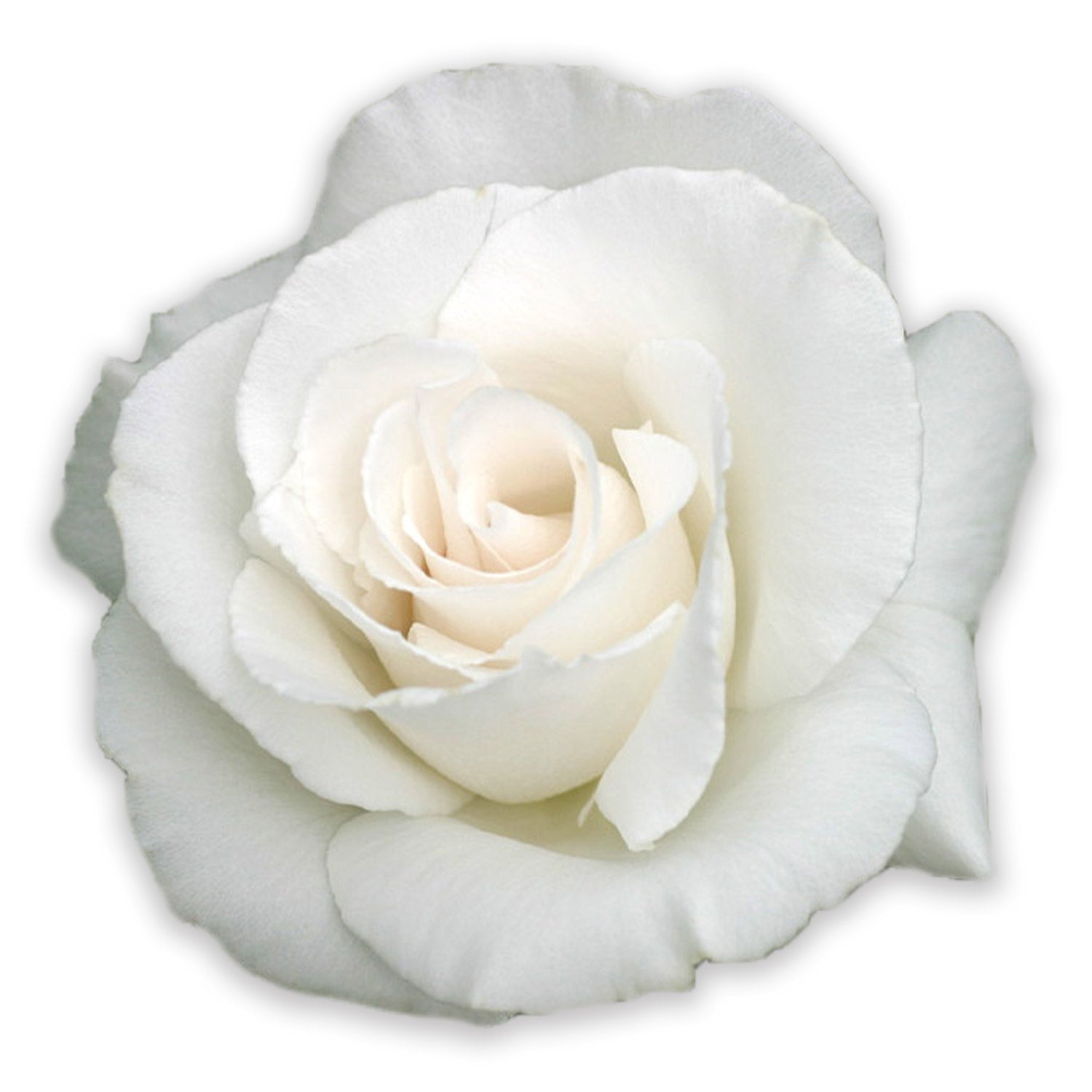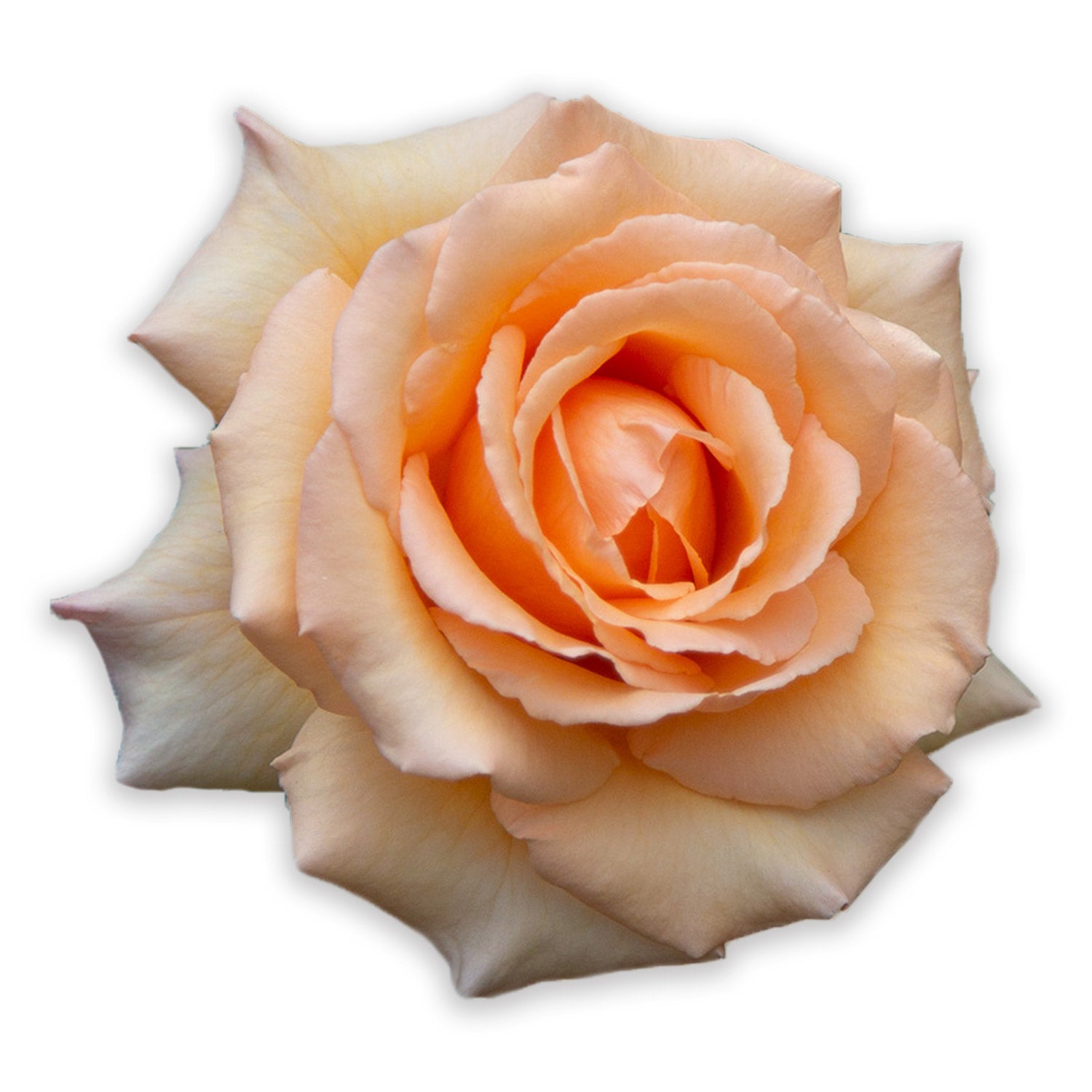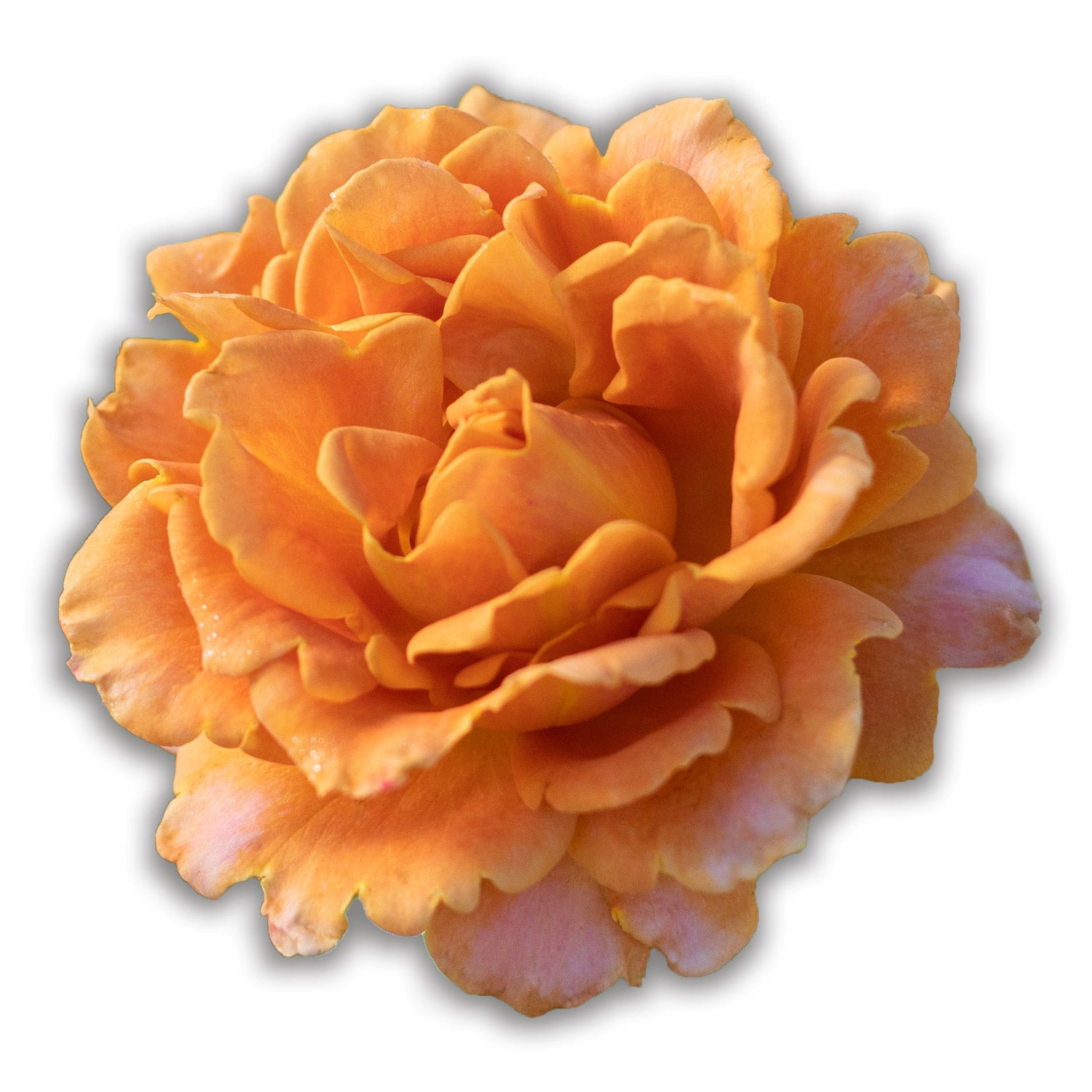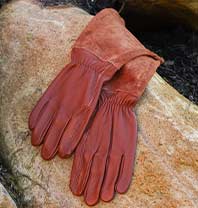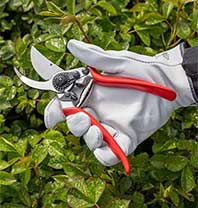What Are Thrips & How To Treat Them
Understanding and Treating Thrips on Roses
Roses, with their lush blooms and fragrant allure, are a prized addition to any garden. However, they are also susceptible to a variety of pests, one of the most troublesome being thrips. These tiny insects can cause moderate damage to roses if not managed properly. They also can be vectors of disease to your plants. Here’s a guide to understanding and treating thrips on your roses.
What Are Thrips?
Thrips are slender, winged insects, usually less than 1/16 inch long. They come in various colors, including yellow, brown, and black. Thrips feed on the sap of plants by piercing the outer layer and sucking out the contents. This feeding mechanism causes damage to the plant tissues, leading to distorted growth and discolored leaves and flowers.
In roses, thrips are particularly problematic because they target flower buds and newly opened blooms. Their feeding can cause buds to become deformed, fail to open, or develop with brown, scorched edges. Thrips also leave behind small black specks of excrement, adding to the unsightly appearance of affected plants.
Identifying Thrip Infestations
Early detection is crucial for managing thrips effectively. Here are some signs to look out for:
- Discolored or deformed buds and blooms: Look for browning or curling at the edges of petals.
- Silvery streaks on leaves: This is caused by thrips feeding on the leaf surface.
- Black specks on petals and leaves: These are thrips' excrement.
- Presence of adult thrips: Shake an affected bloom over a white piece of paper. If thrips are present, you’ll see tiny, dark specks moving on the paper. Another option is breathing directly into the flower which will cause the present thrips to crawl out. If you breathe into the flower, present thrips will also crawl out.
Treating Thrips on Roses
-
Prune and Dispose of Infested Blooms: Regularly inspect your roses and remove any buds or blooms showing signs of thrip damage. Dispose of these in sealed bags to prevent the pests from spreading.
-
Introduce Beneficial Insects: Natural predators, such as ladybug larvae, lacewings, predatory mites, nematodes, and Orius Insidiosus can help keep thrip populations in check. Encourage these beneficial insects by planting a variety of flowers and avoiding broad-spectrum insecticides.
-
Use Insecticidal Soaps and Oils: Products like neem oil or insecticidal soap can be effective against thrips in conjunction with other treatments if they are used infrequently and alternated strategically - remember, thrips can develop resistance to if treatments with the same active ingredient are used frequently. Apply these treatments early in the morning or late in the evening to minimize harm to beneficial insects and prevent foliage burn.
-
Apply Systemic Insecticides: Unfortunately, thrips are extremely resistant to most forms of chemical control. Many websites say to use imidacloprid, however, thrips have become very resistant to this treatment as well. For severe infestations, Spinosad can be used in critical situations. Use systemic treatments sparingly and according to the label instructions to avoid harming pollinators and other beneficial insects.
-
Maintain Plant Health: Thrips are more likely to attack stressed plants. Ensure your roses receive adequate water, nutrients, and proper care to keep them healthy and resilient against pests.
-
Regular Monitoring and Maintenance: Keep a close eye on your roses, especially during the growing season. Early intervention is key to preventing a minor thrip problem from becoming a major infestation.
By understanding thrips and implementing a combination of these control methods, you can protect your roses and keep your garden blooming beautifully. Regular vigilance and a proactive approach will ensure that these pesky insects don’t detract from the splendor of your rose garden.




